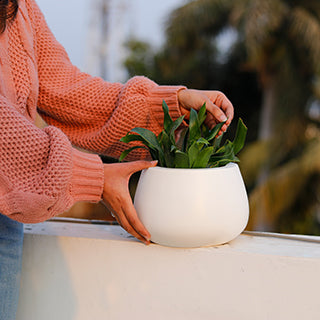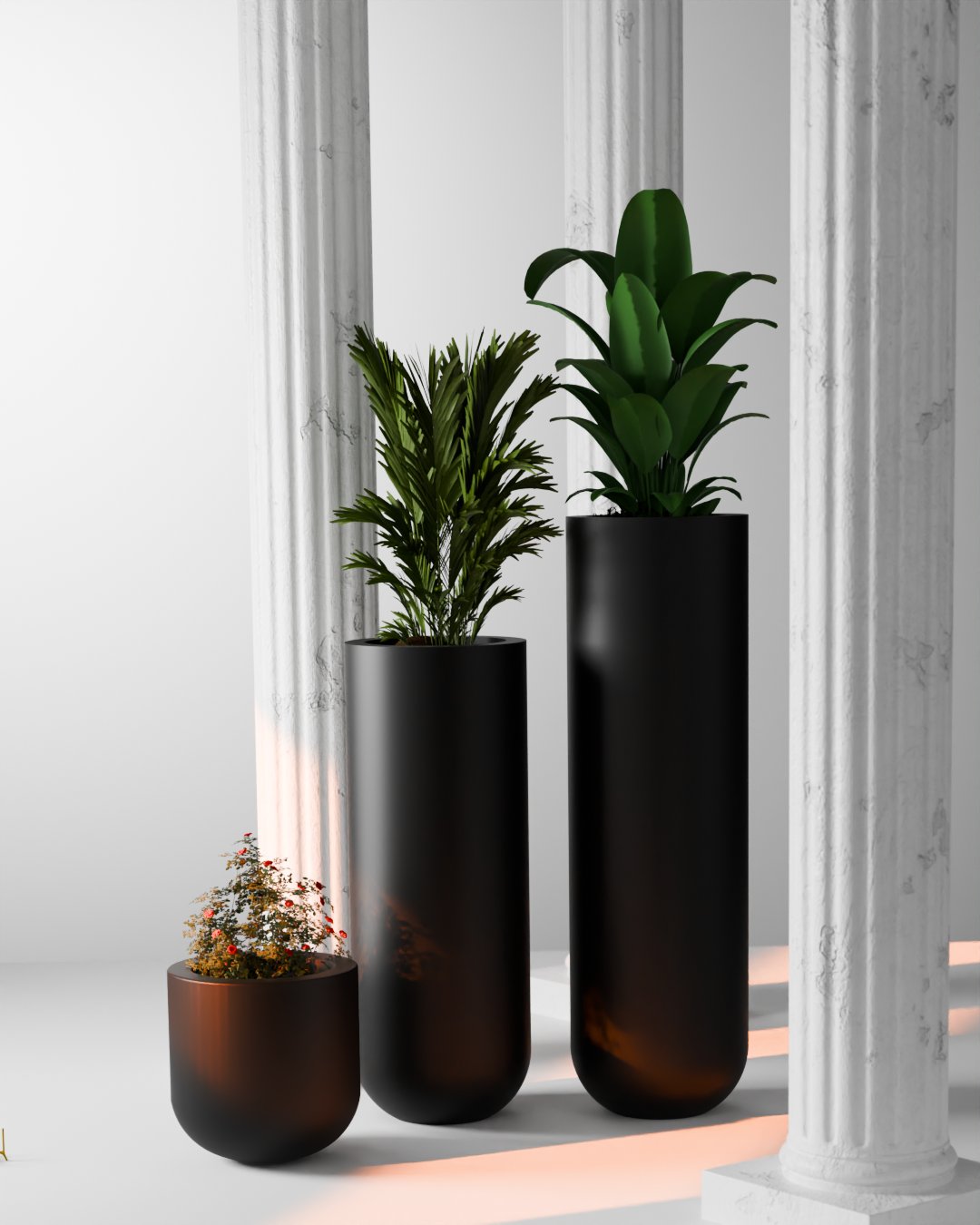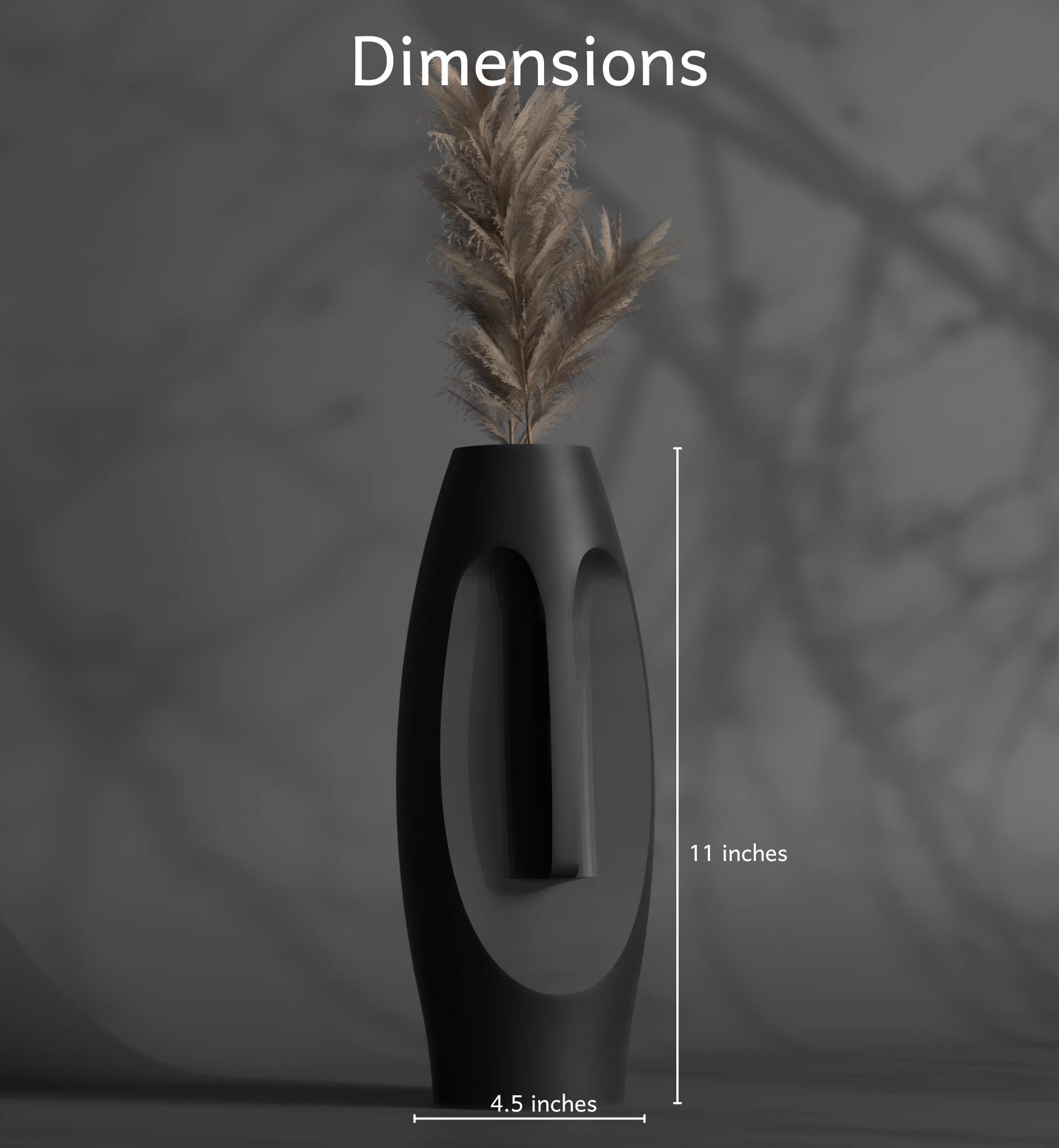
A Complete guide to water your indoor plants
A Complete Guide to Watering Your Indoor Plants
Watering your indoor plants can be a daunting task, especially for beginners. Overwatering, underwatering, and inconsistent watering schedules can all lead to unhappy, unhealthy plants. But fear not! With this complete guide, you'll learn the ins and outs of watering your indoor plants, ensuring they thrive and bring joy to your home.
Understanding Your Plant's Watering Needs
Before we dive into the nitty-gritty of watering, it's essential to understand that different plants have unique watering requirements. Factors such as the type of plant, potting mix, climate, and time of year all impact how much water your plant needs.
- Tropical plants like ferns and peace lilies prefer high humidity and consistent moisture.
- Succulents and cacti are drought-tolerant and require infrequent watering.
- Herbs and vegetables need consistent moisture, especially when fruiting or flowering.
How Often to Water Your Indoor Plants
So, how often should you water your indoor plants? The answer lies in the soil. Check the soil moisture by sticking your finger into the potting mix about an inch deep. If the soil feels:
- Dry: It's time to water.
- Damp: Check again in a day or two.
- Wet: Wait a few more days before watering again.
As a general rule, water your plants when the top 1-2 inches of soil feel dry. This will prevent overwatering and root rot.
When to Water Your Indoor Plants
Timing is everything when it comes to watering your indoor plants. Here are some guidelines to follow:
- Morning watering: Water your plants in the morning, so the potting mix has a chance to dry slightly before nightfall. This reduces the risk of fungal diseases.
- Avoid evening watering: Watering in the evening can encourage fungal growth and root rot, as the plant sits in wet soil overnight.
- Water during the growing season: Plants require more water during the active growing season (spring and summer) than during the dormant season (fall and winter).
How to Check Soil Moisture
Checking soil moisture is crucial to avoid overwatering or underwatering. Here are a few methods to try:
- The finger test: Stick your finger into the potting mix about an inch deep. If the soil feels dry, it's time to water.
- The weight test: Lift the pot and compare its weight to when it was last watered. A lighter pot indicates dry soil.
- The moisture meter: Invest in a soil moisture meter for a more accurate reading.
The Best Water for Your Indoor Plants
Not all water is created equal when it comes to your indoor plants. Here are some tips for choosing the best water:
- Tap water: Most tap water is suitable for indoor plants, unless it's softened or heavily chlorinated.
- Filtered water: If you have a water filtration system, use the filtered water for your plants.
- Rainwater: Collecting rainwater is a great way to provide your plants with natural, chemical-free water.
- Room temperature water: Avoid using cold or hot water, as this can shock your plants. Instead, use room-temperature water.
How to Water Your Indoor Plants
Now that you know when and how often to water, it's time to learn the best techniques for watering your indoor plants:
- Water thoroughly: Water your plants until you see water coming out of the drainage holes. This ensures the potting mix is moist but not waterlogged.
- Avoid getting water on the leaves: Water at the soil level to prevent fungal diseases and leaf spotting.
- Don't overwater: Stop watering once you see water coming out of the drainage holes. Overwatering can lead to root rot and other problems.
Common Watering Mistakes to Avoid
Even with the best intentions, it's easy to make mistakes when watering your indoor plants. Here are some common errors to avoid:
- Overwatering: This is the most common mistake, leading to root rot and other problems.
- Underwatering: Failing to provide enough water can cause stress, wilting, and pest problems.
- Inconsistent watering: Irregular watering schedules can confuse your plants and lead to health issues.
Watering your indoor plants is an art that requires attention to detail and a understanding of your plant's unique needs. By following the guidelines outlined in this article, you'll be well on your way to becoming an indoor plant expert. Remember to check the soil moisture, water thoroughly, and avoid common mistakes. With a little practice and patience, your indoor plants will thrive and bring joy to your home.
You can buy some of our small planters for your indoor space that suits every homes.

































